The Li Ka Shing Knowledge Institute uses environmentally friendly sharps containers across the facility. A sharp is any object with corners, edges, or projections capable of piercing the skin. Sharps include both contaminated (biohazardous and chemical) and uncontaminated sharp objects.
Waste that is contaminated with infectious or biohazardous material includes:
Take extra precautions while using sharps, during the cleanup and during disposal. If possible, avoid the use of sharps!
| Glass pasteur pipettes | 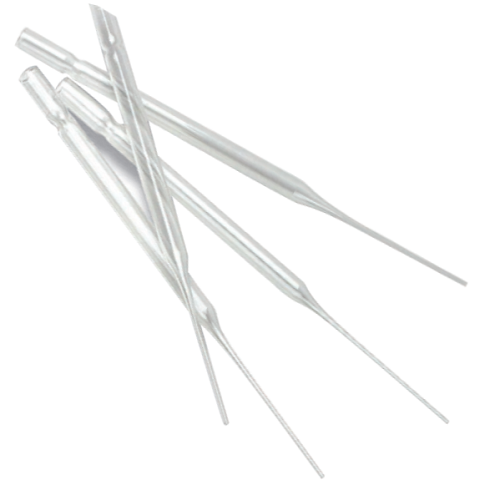 |
| Glass vials | 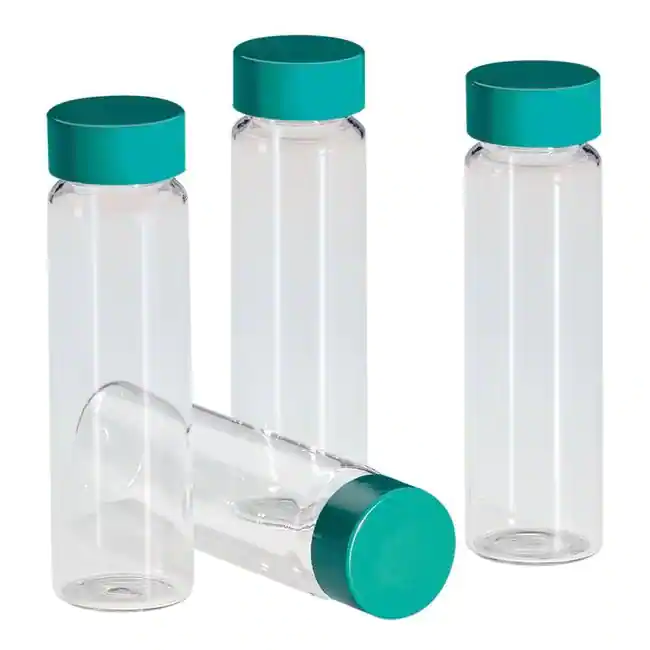 |
| Glass bottom dish | 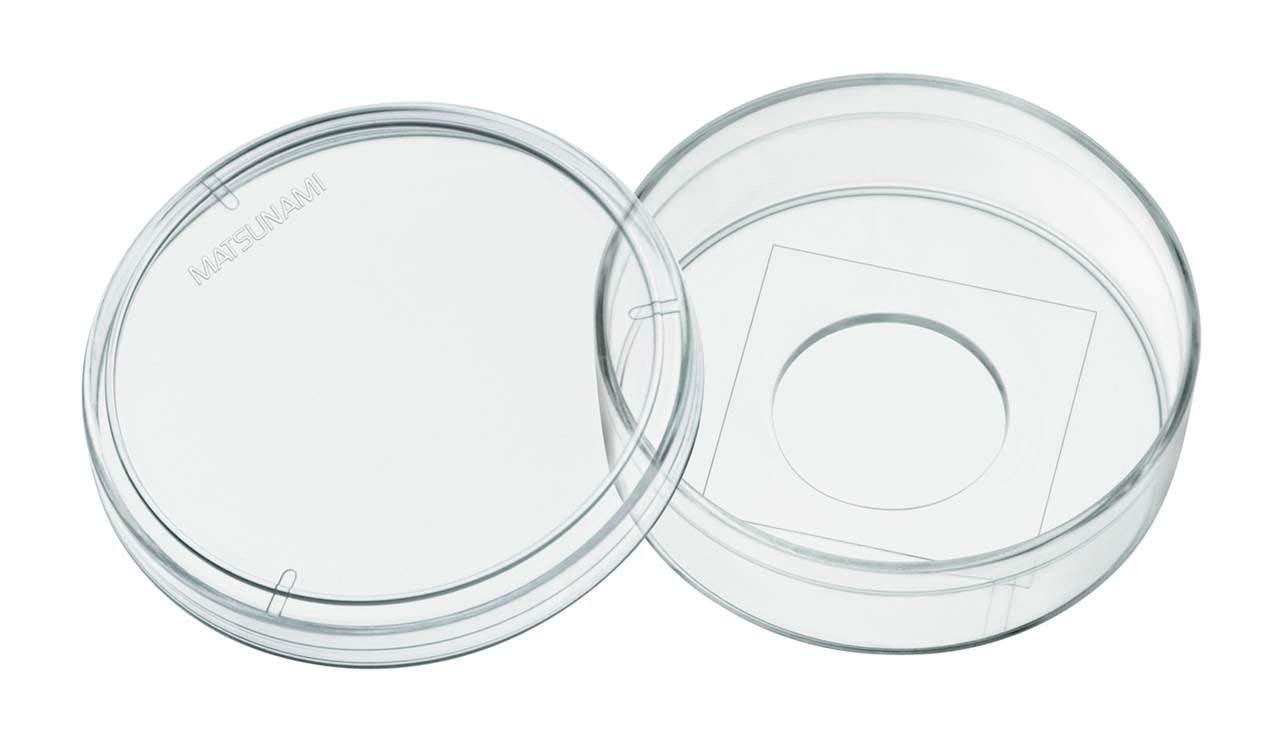 |
| Glass slides | 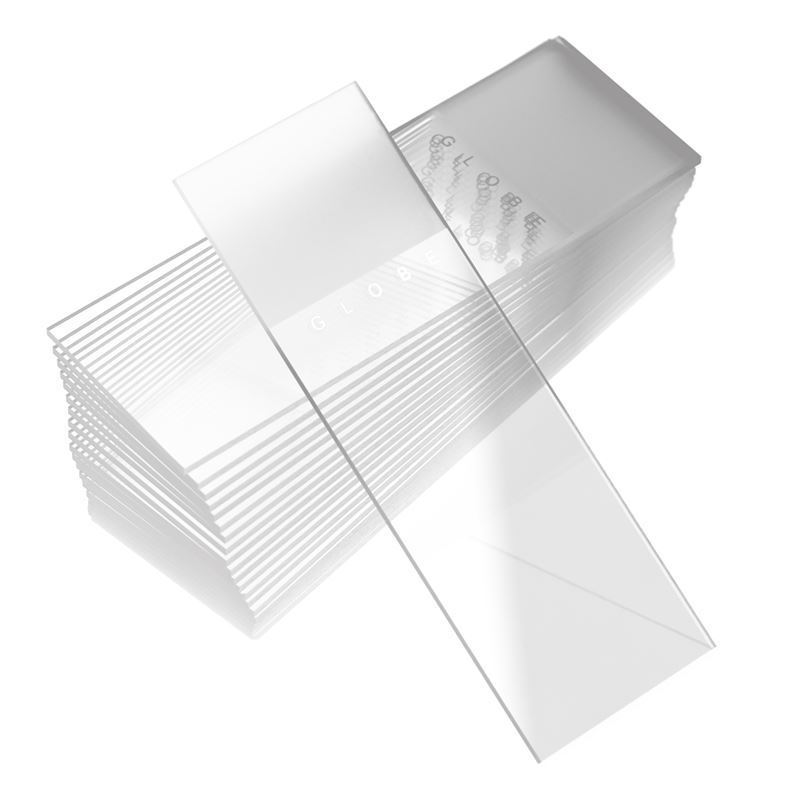 |
| Glass coverslips | 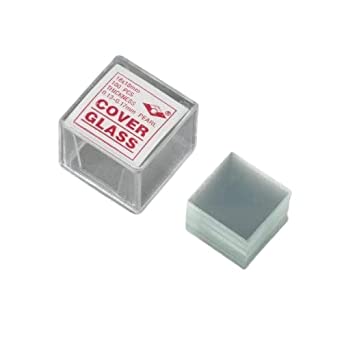 |
| 1 mL & 200 µl plastic pipette tips | 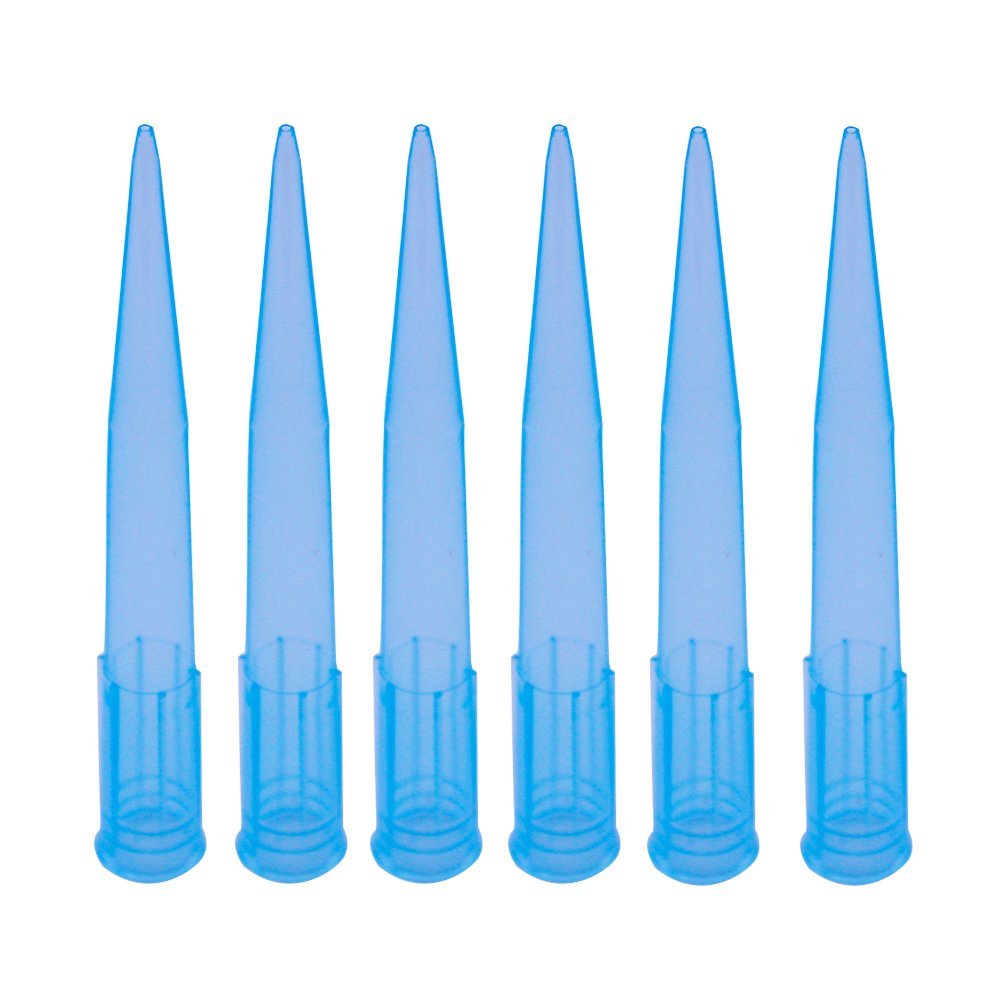 |
| Glass petri dish | |
| Scalpels |  |
| Blades |  |
| Needles with syringes |  |
| Glass ampules | 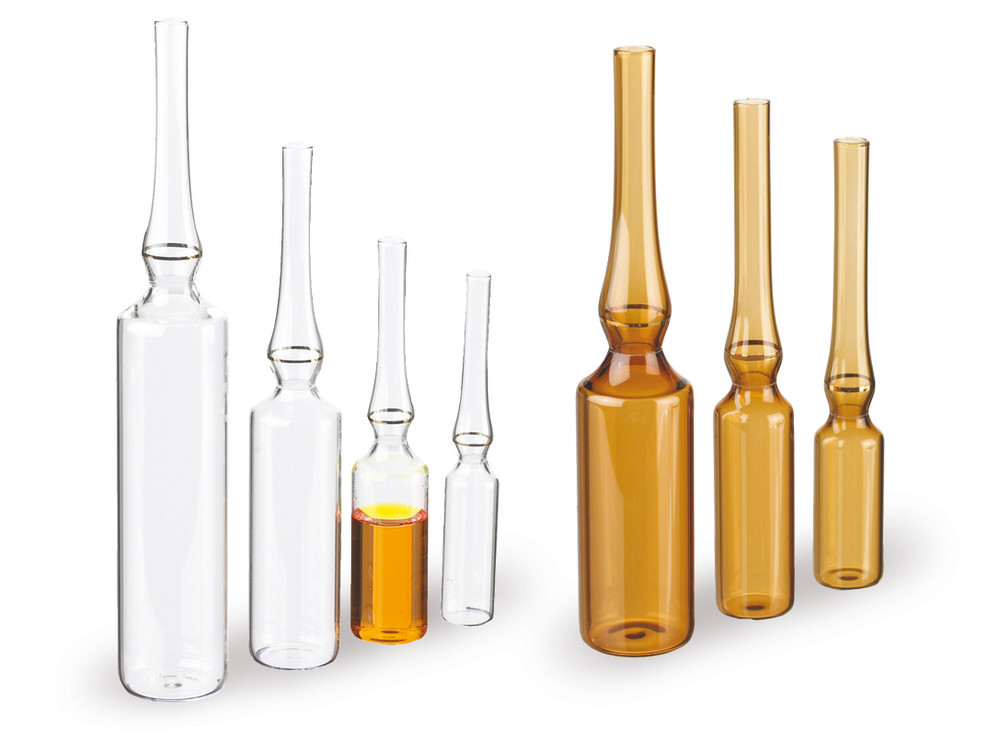 |
| Glass vacutainer tubes | |
| Broken glass (flasks, bottles) | 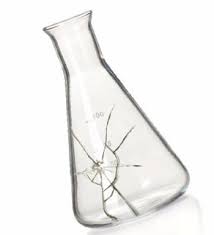 |
| Serological pipettes |  |
| Contaminated gloves |  |
| Syringes (without needles) |  |
| 1.5 mL tubes | 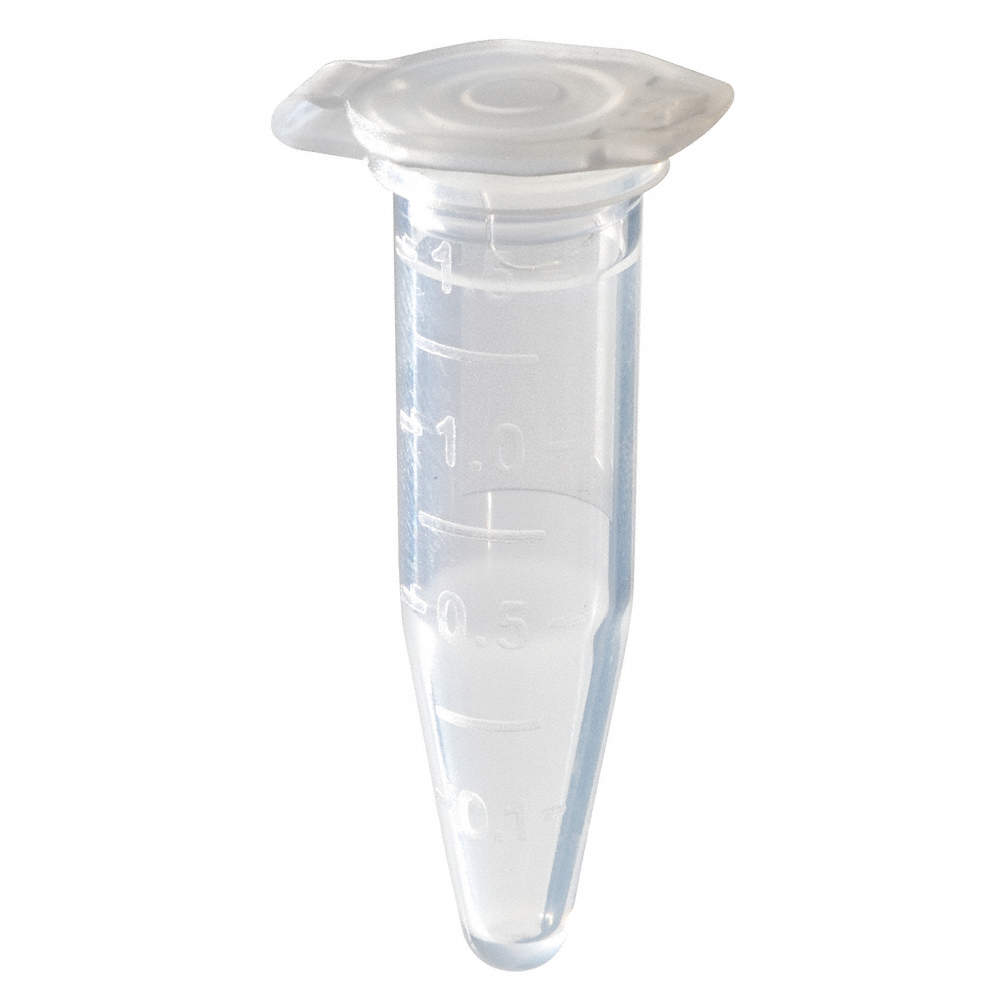 |
| Plastic pasteur pipettes | 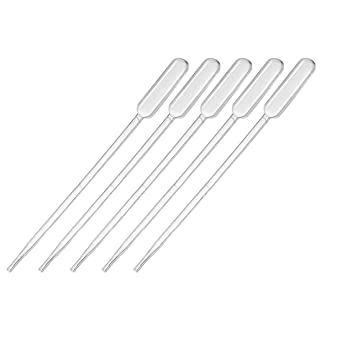 |
| Contaminated paper towels | 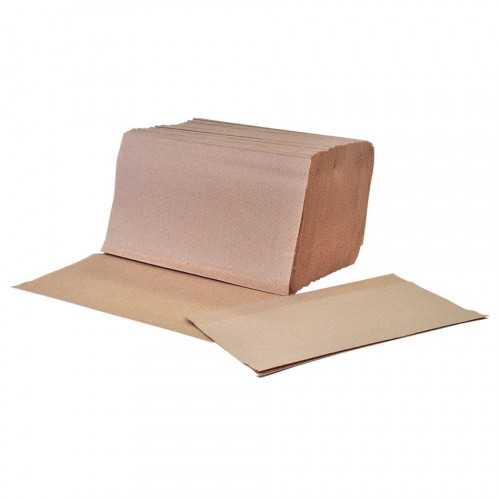 |
| Falcon tubes | 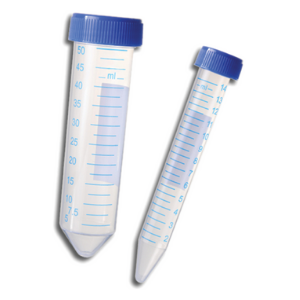 |
| 6/12/24/96 well plates | |
| 10 µl pipette tips | |
| Contaminated absorbent pads | 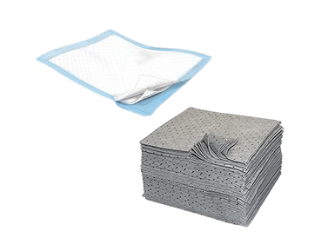 |
| Cell culture flasks | 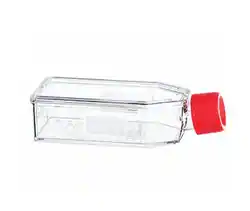 |
| Purification columns | 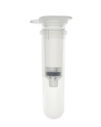 |
| Plastic cell culture tubes |  |
| Cell scrapers | 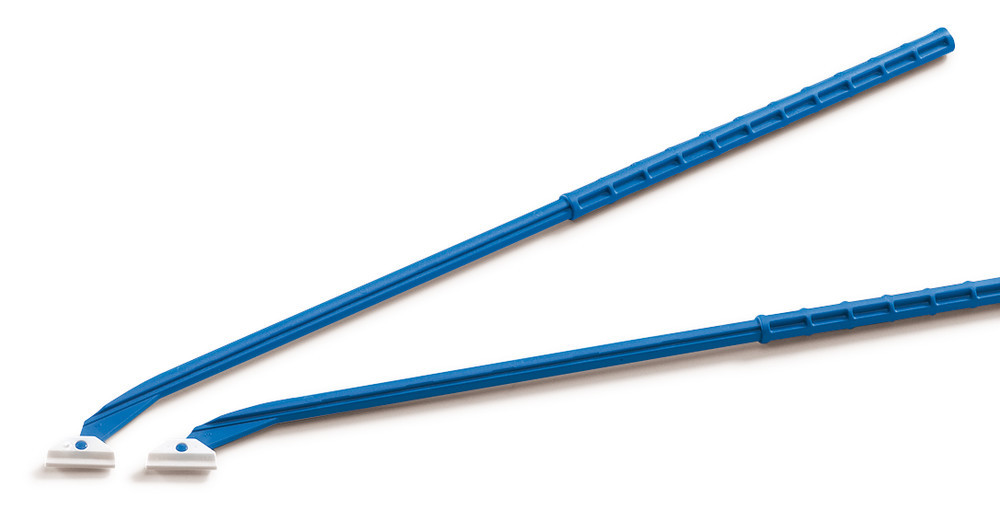 |
| Vacutainer tubes | 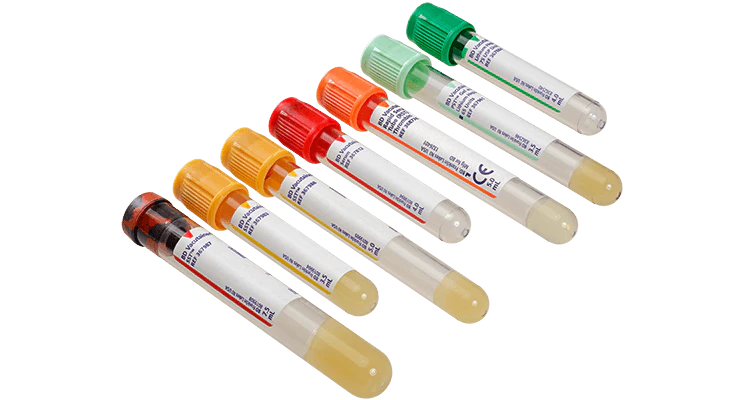 |
| Cryotubes | 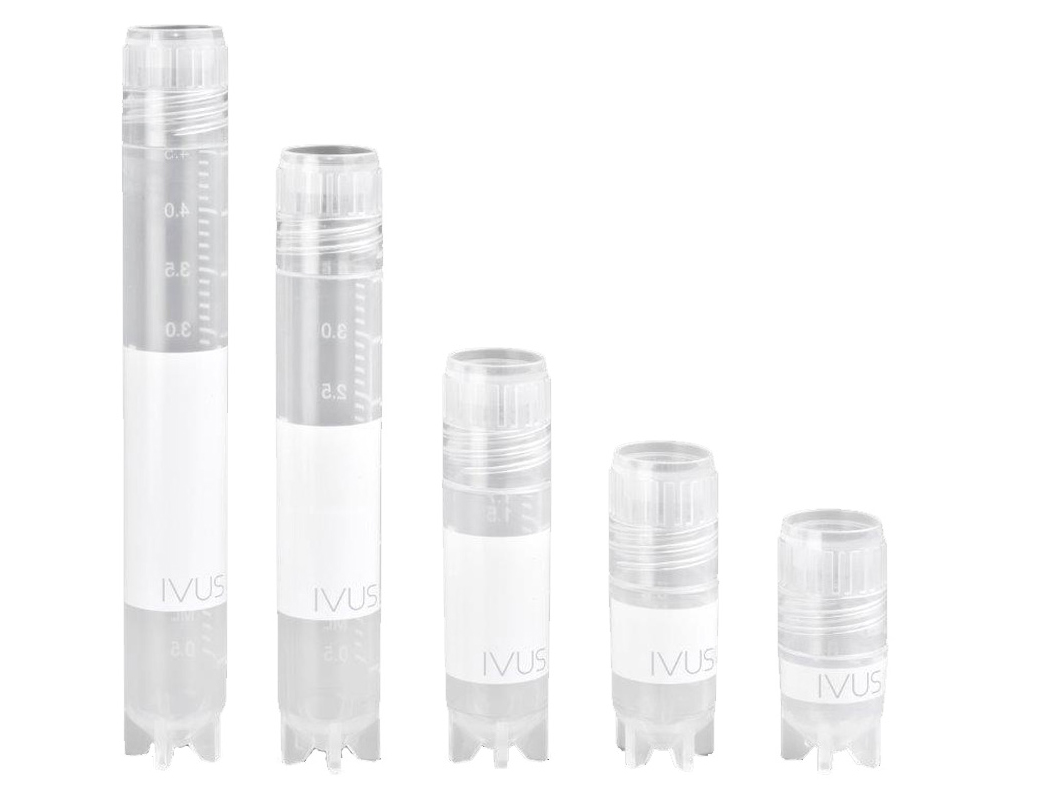 |
| Microfuge tubes | 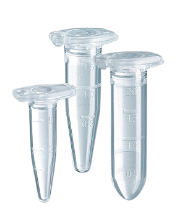 |
| Plastic petri dishes with bacterial/fungal cultures | 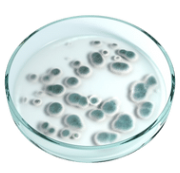 |
| Bandages or dressing containing dry blood or body fluids |  |